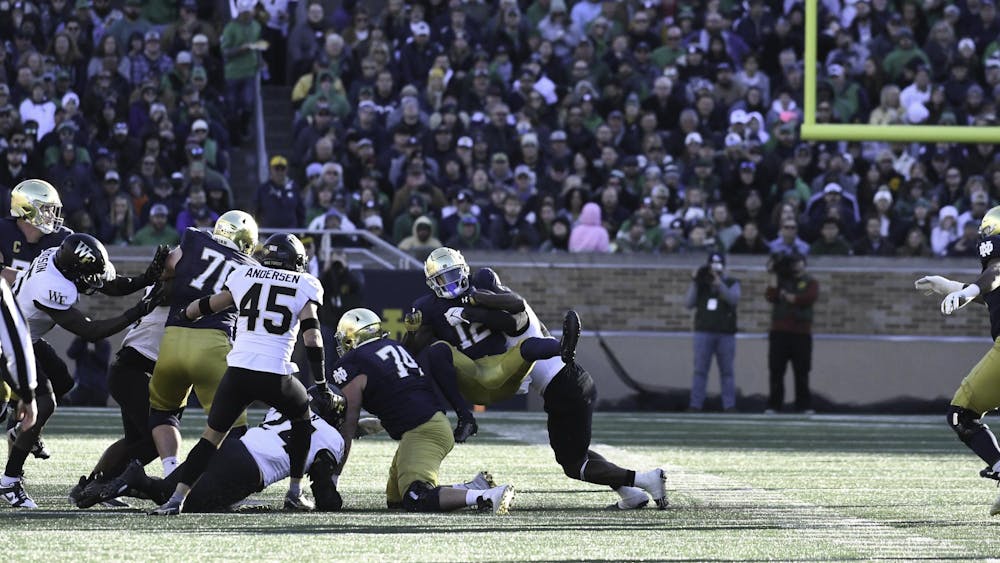Still slogging its way through the effects of the 2004 lockout, the NHL did something right. It has nothing to do with this season, nor does it have to do with who will hoist the Cup in June.
No, it has to do with the most important thing in hockey after the players on the ice: the fans.

It is for those fans that are still bitter after having their hearts crushed by NHL Commissioner Gary Bettman, when he cancelled the 2004-2005 NHL season.
It is for those fans that left the sport for the NFL and college football and occasionally follow their former on-ice obsession through their iPhones.
And it is for those fans who aren't fans yet, or the kids who play pond hockey and dream to be like Stamkos or Kane, while most kids want to be like Kobe and Peyton.
And all the NHL did was realign the conferences.
There were no major roster changes or even new teams added, which had sadly been the biggest news we would usually hear from Bettman. Just schedule changes and playoff format changes, but it will make all the difference.
On Tuesday, Bettman announced the NHL would end the four-team, six division format it has stubbornly stood by since the 1993-1994 season. Instead of the Eastern and Western conference, there will be four conferences with seven or eight teams in each conference, which could be described regionally — but not yet officially — as the West, Central, East and Atlantic:

Conference A (West): Anaheim, Calgary, Colorado, Edmonton, Los Angeles, Phoenix, San Jose, Vancouver
Conference B (Central): Chicago, Columbus, Dallas, Detroit, Minnesota, Nashville, St. Louis, Winnipeg
Conference C (East): Boston, Buffalo, Florida, Montreal, Ottawa, Tampa Bay, Toronto
Conference D (Atlantic): Carolina, New Jersey, NY Islanders, NY Rangers, Philadelphia, Pittsburgh, Washington
Under the new format, each team will play its conference rivals five to six times a season (no different from this year). The major scheduling change involves the out-of-conference teams as every team in the NHL will meet in a home-and-home series each season.
Financially, this move makes sense as Sidney Crosby, Alexander Ovechkin and the reigning Stanley Cup champions will go to every city, sell seats and create buzz. Fans in Calgary will get to see Crosby every year, while east coast fans get to see the up-and-coming west coast teams — Canucks, Kings, Sharks — they would normally see every other year.
The new conferences will surely heighten the already thrilling regional rivalries we see each year in both the regular season and playoffs. Starting next year, the Capitals and Penguins will face off six times each year, while keeping its regional ties to the Flyers and Rangers.
But here is where things get interesting, as hockey fans everywhere lick their chops. The top four teams from each conference will qualify for the playoffs, regardless of their comparisons to teams in other conferences. Meanwhile, the first two rounds of the playoffs will occur within the division, as the four teams will duke it with their rivals for the conference championship before advancing to the Stanley Cup semifinals.
Not only do we get to see six regular season games between cutthroat rivals from October to April, but now the chances of seeing Boston and Montreal meet in another exhilarating series are dramatically enhanced.
Who knows what will happen when they get cozy with each other during the regular season. And that is probably the beauty of it all. Each team will know each other all too well, and will do anything to knock their counterparts from the playoffs. Regular season competition between conference rivals will also improve, because they know they could face that same team again in the playoffs if they don't knock them out during the season.
Regular season games will feel like playoff games, and playoff games like Game 7's.
And who gets to watch it all unfold? We do: the fans.












